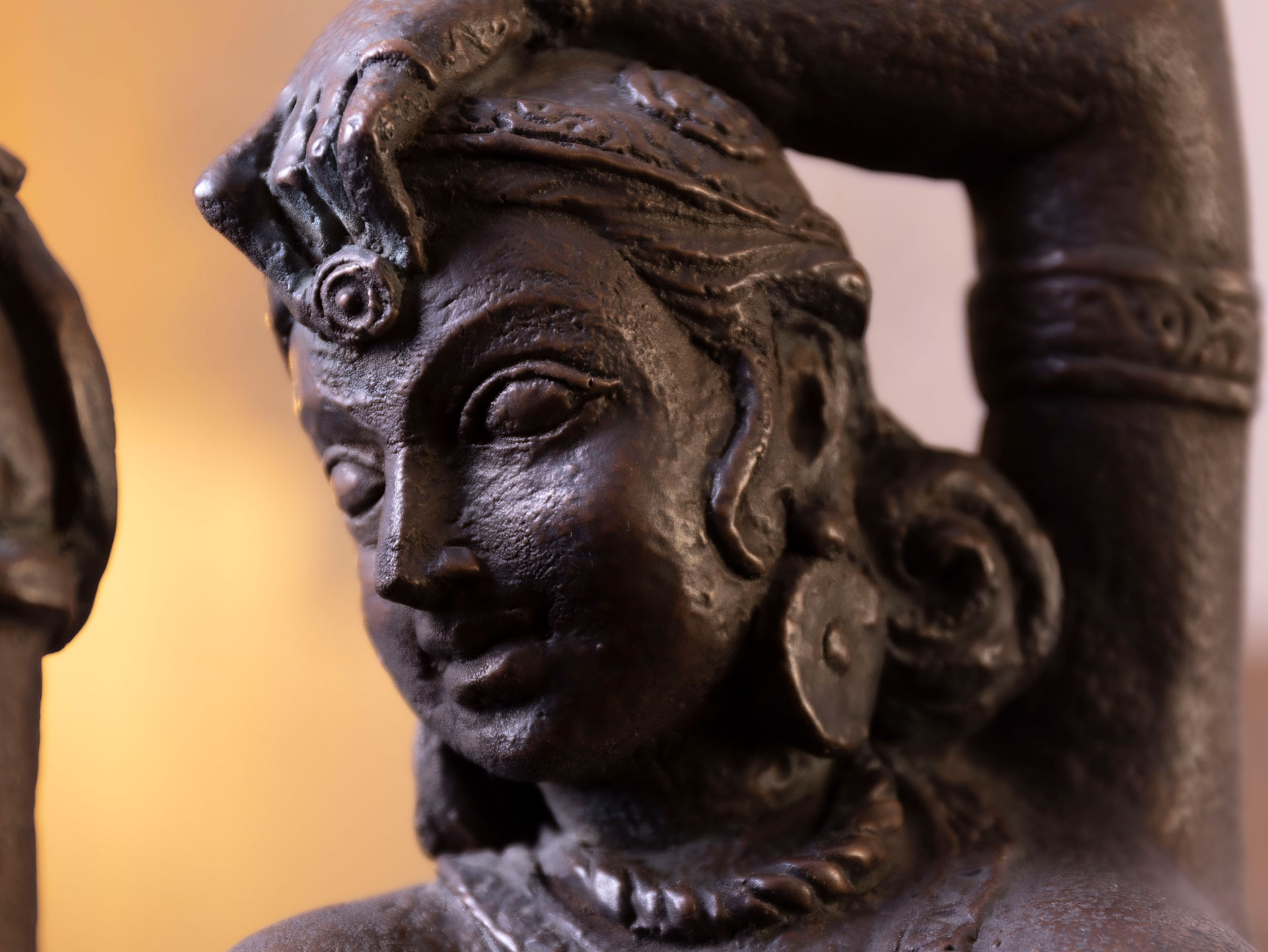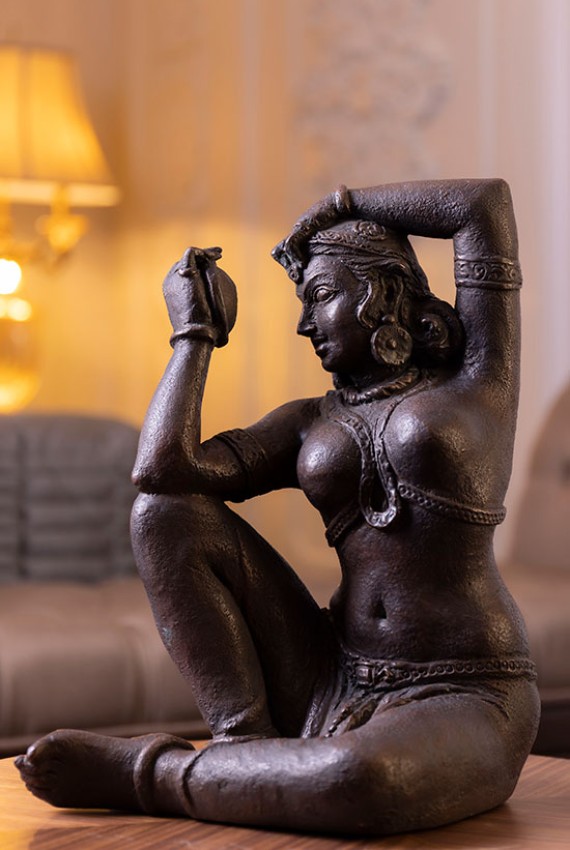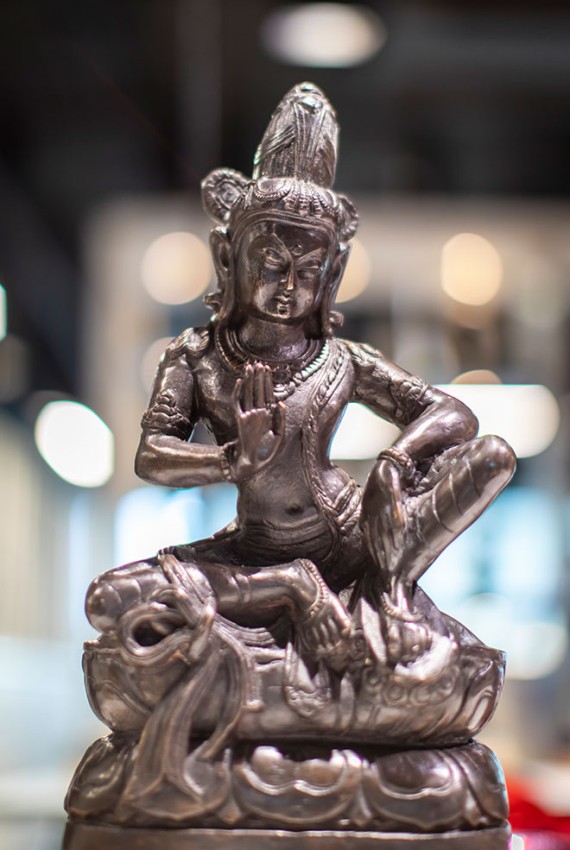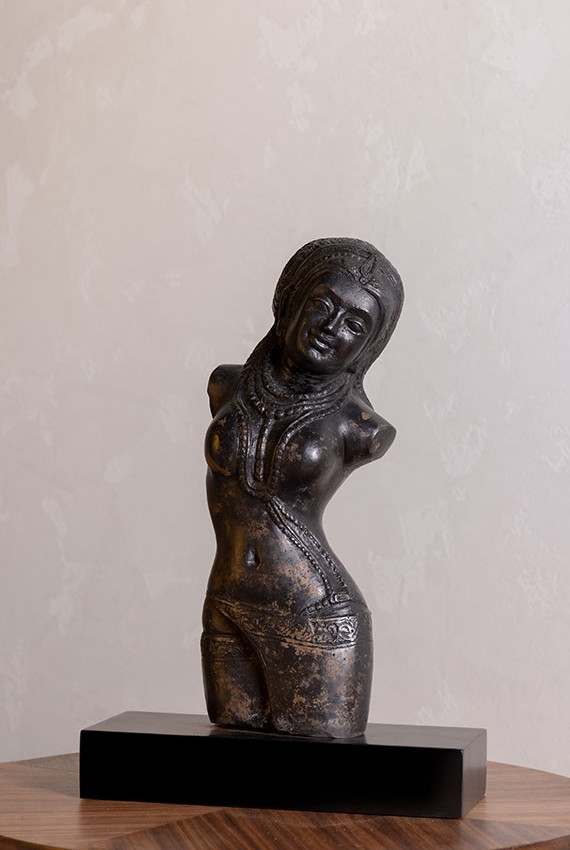
Solah shringar: the story behind a woman’s power

The definition of beauty has always been dynamic. What was deemed beautiful a hundred, fifty, or even thirty years ago is not so today.
Despite that, the term Solah Shringar is as much a part of the Indian lexicon today as it’s woven into the fabric of Indian mythology, centuries old.
But first, what exactly is the Solah Shringar?
Changing narratives have left the 16 items dynamic, but most stories agree on the following:
• Bindi
• Sindoor
• Maangtikka
• Nath or Nose Ring
• Kajal
• Karn Phool
• Necklace
• Mehendi
• Bajuband
• Hathphool and Ring
• Payal
• Choodi
• Kamarband
• Toe Ring
• Keshapasharachana
• Bridal Outfit
Two main stories tell us how
this term came to be, but it’s difficult to say which is the actual one. The first
story goes something like this: Before she married the god Kamdev, Rati could
not find a husband, and in utter desperation, she pleaded with the goddess
Lakshmi to come to her assistance.
Lakshmi took pity on her and
blessed her with the Solah Shringar and
ordained that whoever donned all the ornaments would be able to enchant
whichever man she chose.
The second story is somewhat
similar, except in this one, the Solah Shringar
was used by Radha to enchant Krishna.
The term today doesn’t have
the same connotation, but women have their way of curating their Solah Shringar
since dressing up has always been their privilege, which will not change
anytime soon.
The bronze sculpture of an Apsara from the House of G-Art is an ode to this. This elegantly crafted and intricate statute beautifully captures women's ancient love for adorning themselves. If you have been looking for an investment that moves away from the run-of-mill art pieces you see, this is a statue you must bring home.









